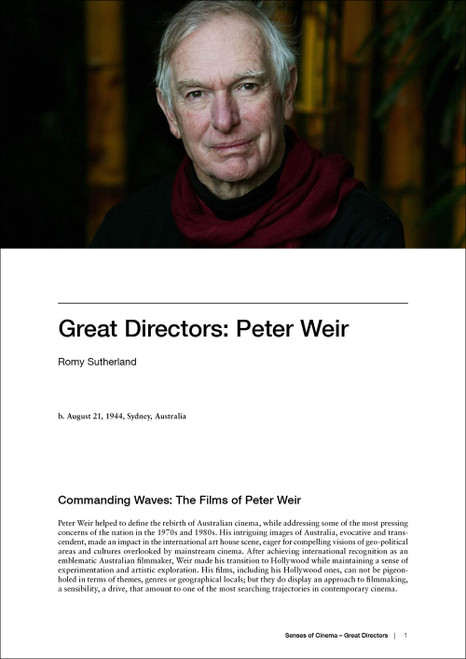Product Overview
Article sample:
Since the release of the second and third Max films – Mad Max 2, in 1981 (released in the US as The Road Warrior) and Mad Max Beyond Thunderdome, in 1985 – he has been particularly forward about his passion for the work of comparative mythologist Joseph Campbell, who posited an archetypal 'monomyth' that inheres in all cultures. Like many other filmmakers – including, famously, George Lucas – Miller has adopted the framework of this monomyth as the blueprint for his films.
This is partly a commercial decision (monomyth narratives are thought to have a reliable appeal), but it is also founded in a sense that cinema has a cultural or social function. He sees the movie theatre as a kind of spiritual sanctum, and filmic storytelling as having a role analogous to the transportive ritual of primitive cultures. He has even referred to cinema as 'public dreaming', in an allusion to the songlines of Australian Aboriginals (he devoted a one hour documentary, 40,000 Years of Dreaming, made in 1997 for the BFI, to this idea).
About Senses of Cinema:
Senses of Cinema is an online journal devoted to the serious and eclectic discussion of cinema. We believe cinema is an art that can take many forms, from the industrially-produced blockbuster to the hand-crafted experimental work; we also aim to encourage awareness of the histories of such diverse forms. As an Australian-based journal, we have a special commitment to the regular, wide-ranging analysis and critique of Australian cinema, past and present. Senses of Cinema is primarily concerned with ideas about particular films or bodies of work, but also with the regimes (ideological, economic and so forth) under which films are produced and viewed, and with the more abstract theoretical and philosophical issues raised by film study.







